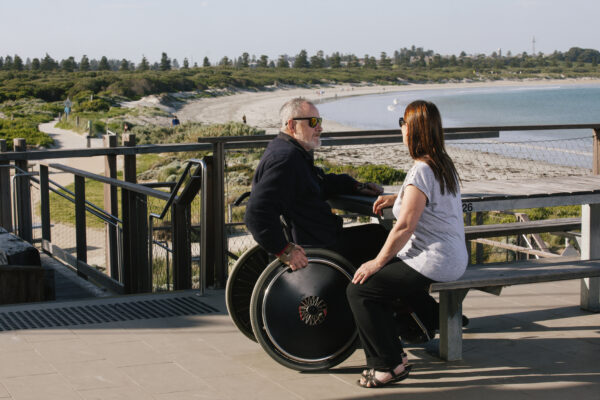
Being an accessible tourism destination – and an inclusive one – is an increasing priority for many involved within the tourism industry, and not simply because of collective social responsibility – VisitBritain recently valued the annual tourism spending power of disabled people in England alone at £14.6 billion. But what does accessibility mean, and how do we unlock the associated economic benefits?
Accessibility and inclusion go hand-in-hand, because both focus on designing environments to minimise disability and provide equal opportunities for all. Ensuring a destination is accessible involves removing barriers that may prevent disabled people from accessing destinations or taking part in activities, whilst inclusion goes one step further by meaningfully involving disabled people in planning and decision-making processes. Both processes are iterative, so destinations should aim for continuous progress rather than instant, ‘fully accessible’ perfection.
There’s numerous ways that destinations can work towards this goal, and some of them involve relatively simple adjustments. For example, you could consider:
- Ensuring websites offer ideas, information, and signposting for disabled travellers
- Developing accessibility guides showing accessible routes, destinations, and customer reviews (see Able Amsterdam, Yosemite National Park).
- Developing accessible itineraries and trails (see list compiled by Spinal Cord Injury BC)
- Providing and promoting accessible public transport routes (see Parisian transport network)
- Establishing an Action Group of decisionmakers to develop and deliver strategy/action plans
- And, perhaps most importantly: asking for feedback and recommendations from visitors with accessibility requirements
Collaboration with third-party organisations conducting work in accessibility and inclusion can also be a great way to implement data-led insights, monitor progress, and learn from experts. This Summary of Resources highlights some of the services offered by leading accessibility guidance, training, and consultancy providers.
So, although there’s no one ‘quick fix’ to ensuring a destination is accessible and inclusive for all, plenty of support is available to help inspire and ease the transition. Incorporating accessibility into destination management plans is a key first step in the journey towards becoming a more equitable and successful destination.